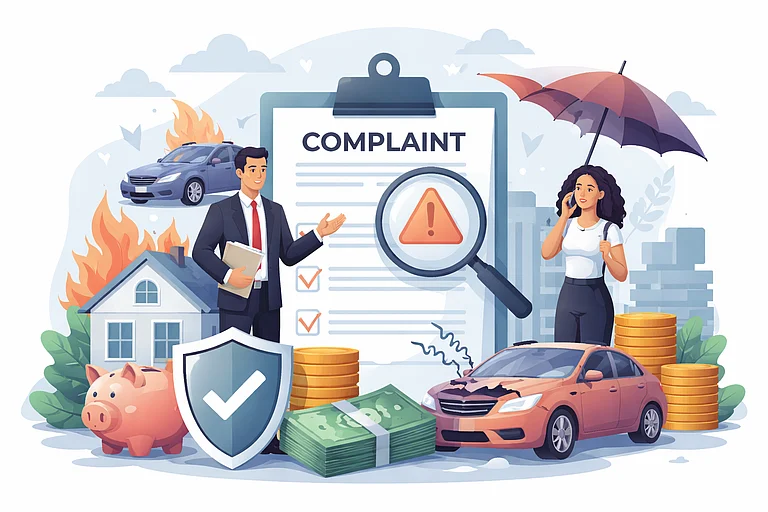Delhi Police recently unearthed a cryptocurrency scam estimated at Rs 500 crore. The police are reportedly on the lookout for a group of cybercriminals accused of defrauding scores of people by promising them 200 per cent return on their investments.
But this was not the first crypto scam of 2022. Here we have listed some of the major scams that rocked the crypto world in 2022.
A recent research by www.privacyaffairs.com claims that hackers stole cryptocurrency worth $4.3 billion between January and November 2022. This represents a growth of 37 per cent compared to 2021. That said, the number of individual transfers to cryptocurrency fraud over the previous four years have declined.
Some two million people fell prey to 200,000 crypto scams globally between September 2020 and December 1, 2022, reveals a report by New York-based crypto trade surveillance firm Solidus Labs.
The report, titled “The Rug Pull Report 2022”, notes that “rug pulls are one of the most common scams in crypto.” But until recently, regulators had no access to either forensic or compliance tools that could identify and address the threat.
Here are the major crypto frauds of 2022 in a nutshell.
Ronin Network — $625 million stolen
In March 2022, a hacker stole user funds worth $625 million from the Ronin Network. The Ronin Network is a side chain (a subset of a larger Blockchain) used to support a Blockchain-based game called Axie Infinity. The hacker managed to steal private keys to generate fake withdrawals, transferring hundreds of millions from the network. The hack was not uncovered until a week later.
Wormhole Bridge — $325 million stolen
A hacker targeted a cross-chain bridge known as Wormhole in February 2022. The Wormhole protocol allows for the transfer of funds between multiple chains, including Ethereum (ETH). The hacker took advantage of weaknesses in the protocol’s validation system to fraudulently generate a large quantity of wrapped Ethereum (WETH), a token with a value tied to the Ethereum coin. The hacker then used the Wormhole to convert the WETH into ETH, making off with cryptocurrency valued around $325 million.
Beanstalk Farms — $182 million stolen
Beanstalk Farms is a Stablecoin protocol based on Ethereum. Stablecoins are crypto tokens that are designed to remain at a stable value, instead of fluctuating up and down. The protocol used a native governance token called STALK. If someone wanted to transfer assets out of Beanstalk Farms, they would need approval from a majority of STALK holders.
In April 2022, a hacker used a flash loan (an extremely short-term crypto loan) to buy a majority position in STALK. The hacker then proposed a massive transfer of funds and used the STALK tokens to approve the proposal. It’s estimated that the hacker profited by around $80 million, but the hack caused the Stablecoin to crash, resulting in total losses of $182 million.
Wintermute — $162 million
In September 2022, a crypto market maker called Wintermute lost $162 million in a major hack. It’s not clear yet how the attack was carried out, but security firms have suggested that essential private keys were either leaked or cracked using a brute-force attack.
Shortly after the hack, some crypto researchers claimed that the hack may have been an insider attack, but this has not been confirmed.
Says Daniel Markuson of NordVPN: “To protect yourself from a crypto hack, it is important to not only research a crypto exchange you will use, but also make sure your wallet key is secure once you have invested. For example, use encrypted storage services to keep all your sensitive data, including cryptographic keys, shielded from prying eyes. If you have an account with a crypto exchange, make sure to use multi-factor authentication and a password manager, like NordPass.”













